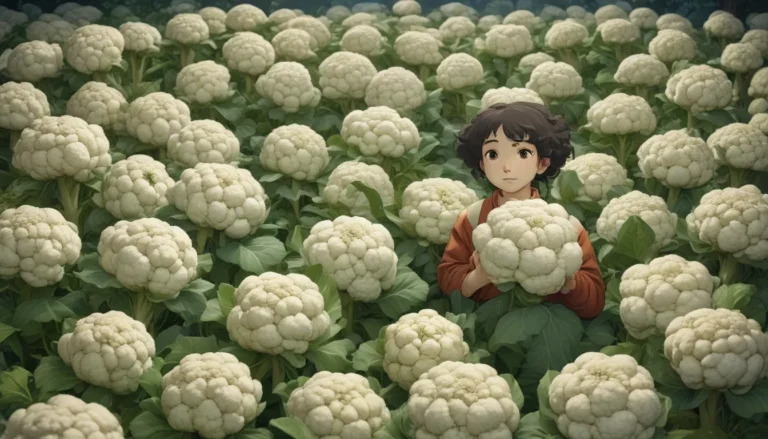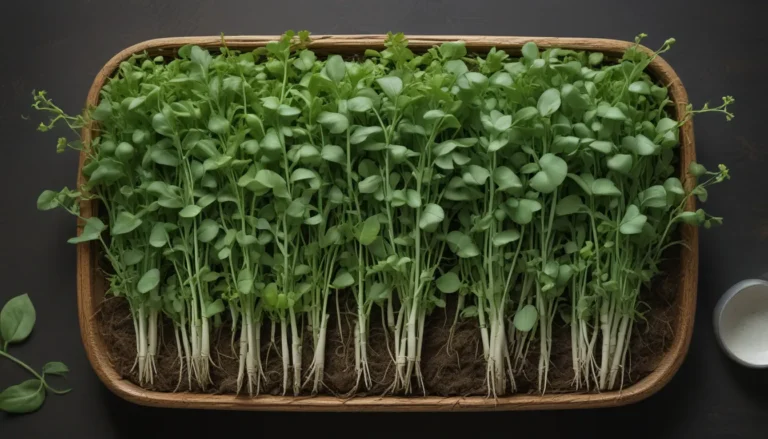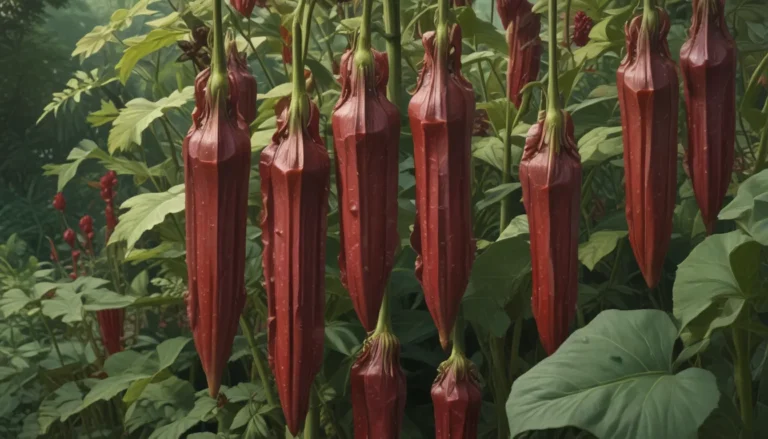Exploring the Fascinating World of Tillandsia: A Comprehensive Guide to Growing Air Plants

Air plants, scientifically known as Tillandsia, are unique members of the Bromeliad family that do not require soil for growth. These fascinating plants use their roots to attach themselves to a variety of surfaces such as trees and rocks, absorbing nutrients and moisture from the air. In this educational guide, we delve into the world of Tillandsia, discussing the different varieties, care requirements, and creative ways to incorporate these exotic plants into your indoor or outdoor space.
Understanding Mesic and Xeric Varieties of Tillandsia
Tillandsia plants can be broadly categorized into two types: mesic and xeric. Mesic varieties originate from tropical rainforest regions where moisture is abundant, while xeric species hail from dry desert climates. Here are the key differences between the two types:
Mesic Varieties:
– Darker foliage with smooth and curly leaves.
– Thrive in high humidity environments and require frequent misting or dunking.
– Commonly found in tropical rainforest regions.
Xeric Varieties:
– Lighter color with fuzzy or silvery appearance and flattened leaf shape.
– Covered in moisture-absorbing trichomes to endure drought conditions.
– Thrive in arid environments and require less frequent watering compared to mesic varieties.
Both mesic and xeric Tillandsia plants thrive in bright, indirect sunlight and temperatures ranging from 50 to 90°F. It is essential to shake or invert the plants to remove excess moisture, avoiding rotting. While xeric types can tolerate the brightest light, mesic varieties prefer protection from intense afternoon rays. Most Tillandsia varieties bloom once, and after flowering, they produce offsets or “pups” to continue the cycle of growth.
Building Your Air Plant Collection: Top 17 Tillandsia Species
To kickstart your Tillandsia collection, here are 17 outstanding species that you can consider:
- Aeranthos
- Xeric variety with light green leaves and pointed rosette formation.
- Stunning pink-purple blossoms on elongated stems.
- Albertiana
- Mesic type with smooth, dark leaves arranged in a distichous pattern.
- Bright red flowers with unique yellow-green foliage.
- Andreana
- Mesic species with needle-like pale green leaves in a tufted formation.
- Delicate coral-red flowers in a compact size.
- Brachycaulos
- Xeric variety with bright green leaves resembling pineapple foliage.
- Magenta-red foliage with erect purple blossoms upon blooming.
- Bulbosa
- Mesic Tillandsia with dark green tentacle-like leaves and layered onion base.
- Unique red blooms emerging from a central red bract.
- Butzii
- Mesic species featuring mottled green tentacle-like leaves and bulb-like base.
- Red inflorescences leading to purple flowers.
- Capitata
- Xeric type with spider plant-like leaves and peach-pink blush before blooming.
- Various color varieties ranging from green to purple with peach and purple flowers.
- Caput medusae
- Xeric variety with silver-gray trichomes on snake-like green leaves.
- Downward growth pattern resembling Spanish moss with pink and purple blossoms.
- Chiapensis
- Xeric species with arching light-green foliage and purple blush.
- Pale pink spikes with purple flowers rising from the rosette.
- Concolor
- Xeric Tillandsia boasting firm light green leaves resembling spider plant foliage.
- Red-flushed foliage with green spikes and magenta blooms.
- Cyanea
- Mesic variety with medium green leaves arranged in clusters.
- Hot pink spikes with purple-blue flowers on the edges.
- Didisticha
- Xeric type with arching gray-green foliage in a loose rosette shape.
- Salmon-colored spikes with tiny white blossoms emerge upon flowering.
- Funckiana
- Xeric variety resembling light green balsam fir needles with red tubular blooms.
- Clustered foliage with red and purple coloration during flowering.
- Ionantha
- Xeric Tillandsia with red-tinged rosettes and tubular purple blossoms.
- Petit stature with a horticultural tapestry effect during blooming.
- Recurvata
- Xeric species with rounded silver-green leaves resembling complex bird’s nest twigs.
- Reddish cast under bright light with green to red flower spikes.
- Usneoides
- Xeric variety known as Spanish moss with cascading gray-green foliage.
- Brown flowers with a nighttime fragrance and unique hanging growth pattern.
- Xerographica
- Xeric Tillandsia with wide, trichome-covered leaves forming a compact rosette.
- Robust and long-living air plant capable of withstanding direct sunlight.
Cultivating Tillandsia Plants: Care Tips and Creative Ideas
Proper care is essential for the health and longevity of your Tillandsia collection. Here are some essential care tips for growing air plants:
- Watering: Xeric varieties require minimal watering, with a light misting twice a week and a monthly water soak. Mesic types prefer frequent misting or weekly dunking with a monthly deep soak.
- Light and Temperature: Provide bright, indirect sunlight for optimal growth, ensuring temperatures between 50 to 90°F.
- Flowering: Most Tillandsia plants bloom once, producing vibrant flowers that vary in color and duration. Some species have long-lasting blooms that add visual interest to your collection.
- Pest Control: Keep an eye out for pests such as ants that may inhabit Tillandsia plants when placed outdoors. Monitor for any signs of infestation and take appropriate measures to prevent damage.
In addition to traditional plant care, Tillandsia plants offer endless creative possibilities for decor and design. Consider the following ideas to incorporate air plants into your indoor or outdoor space:
- Wearable Accessories: Use a dab of floral glue to create unique wearable accessories featuring Tillandsia plants.
- Gift-Wrapping Decor: Add Tillandsia plants to gift-wrapping decorations for a whimsical touch.
Furthermore, supplementing your air plants with fertilizer can enhance their growth and vitality. Explore air plant fertilizers available on the market and follow package instructions for a monthly feeding routine.
Conclusion
With their unique growth habits, diverse varieties, and creative potential, Tillandsia plants are a captivating addition to any indoor garden. Whether you’re a seasoned plant enthusiast or a beginner looking to explore air plant cultivation, the world of Tillandsia offers endless possibilities for learning and creativity. Start your Tillandsia collection today and embark on a journey of discovery with these extraordinary plants!
If you have a passion for indoor gardening, be sure to explore our other informative guides on nontoxic houseplants, growing citrus indoors, and creating mini-landscapes with terrariums. Let your green thumb flourish with the beauty and charm of Tillandsia plants. Happy gardening!
*





